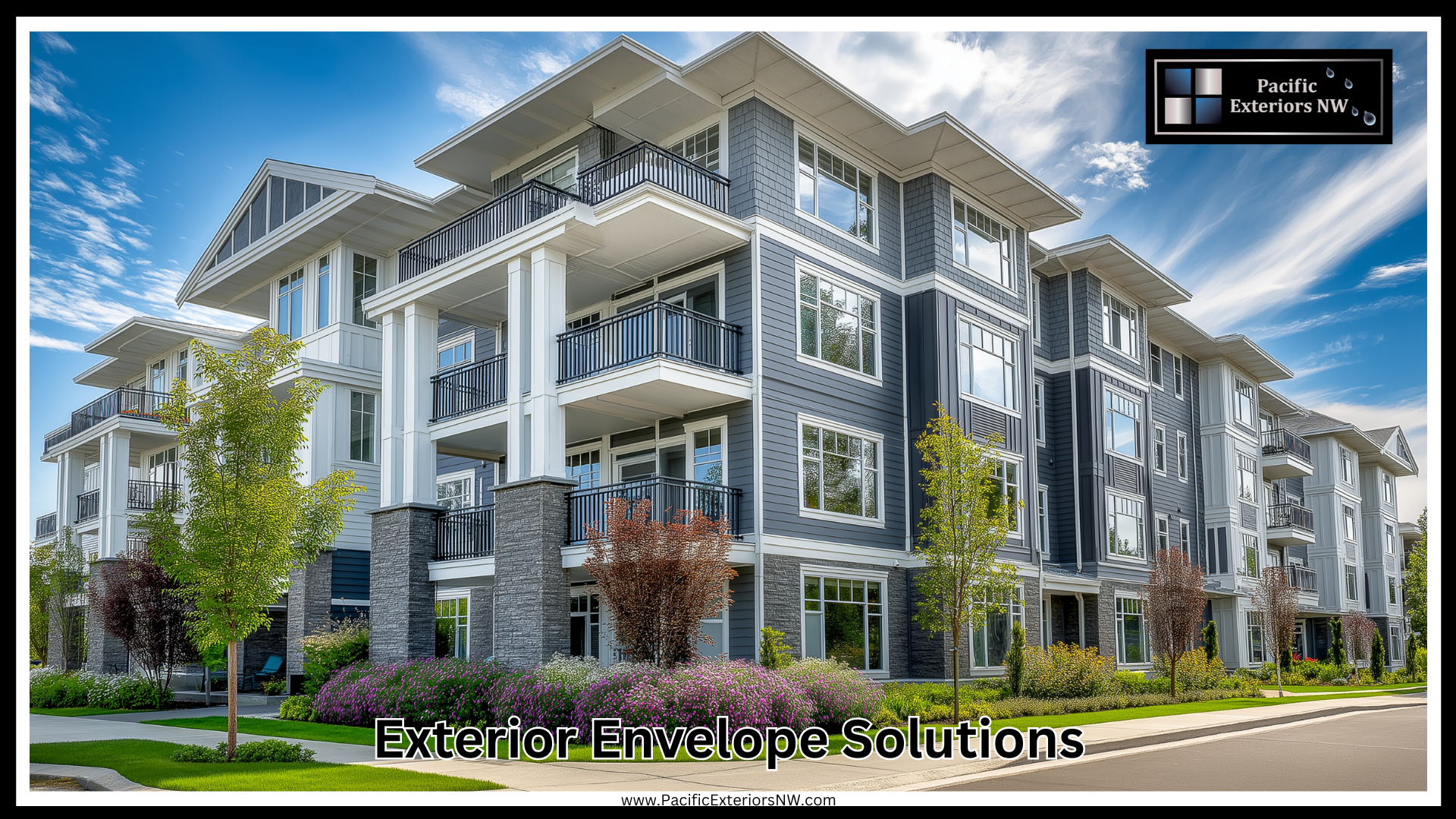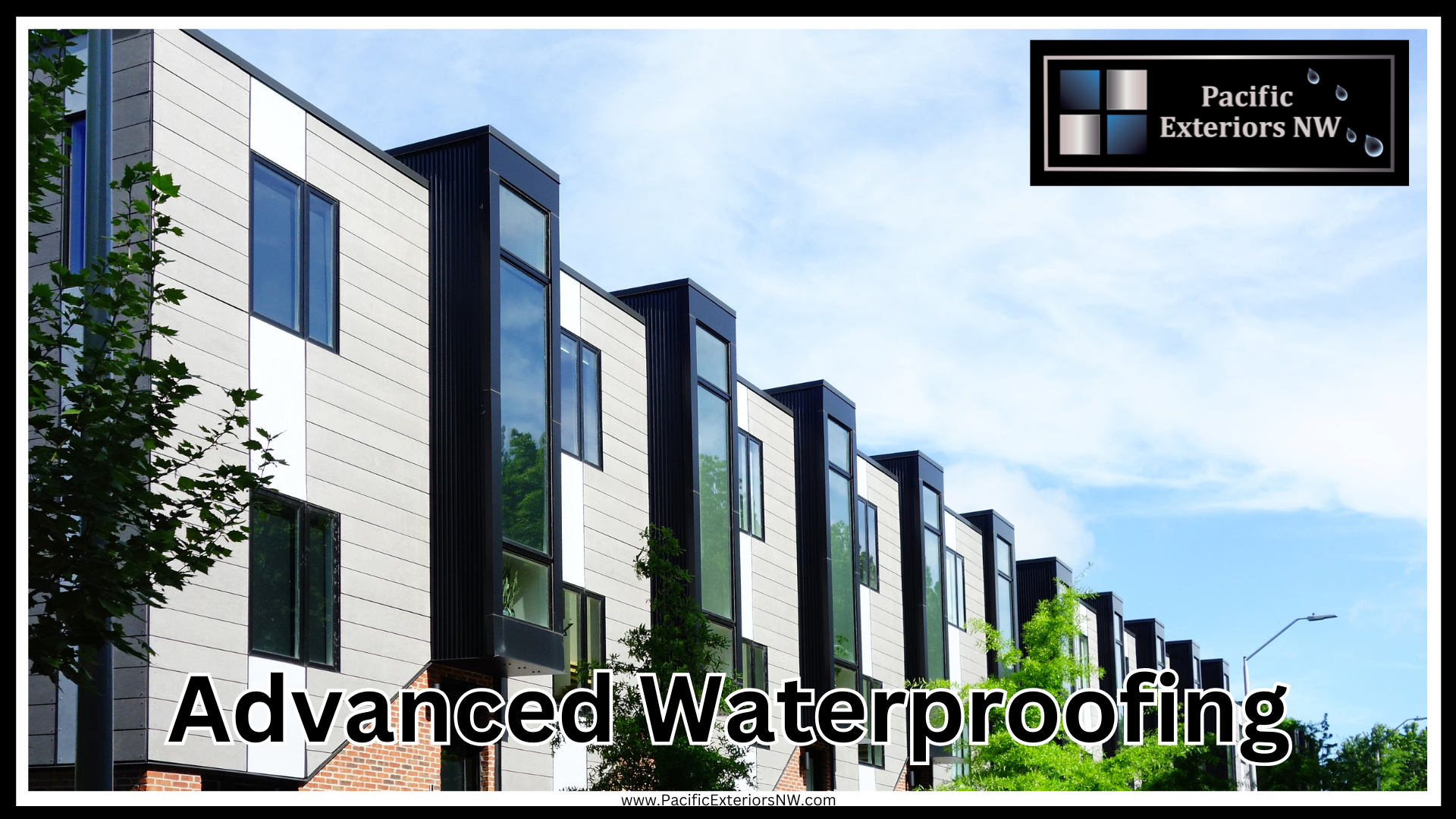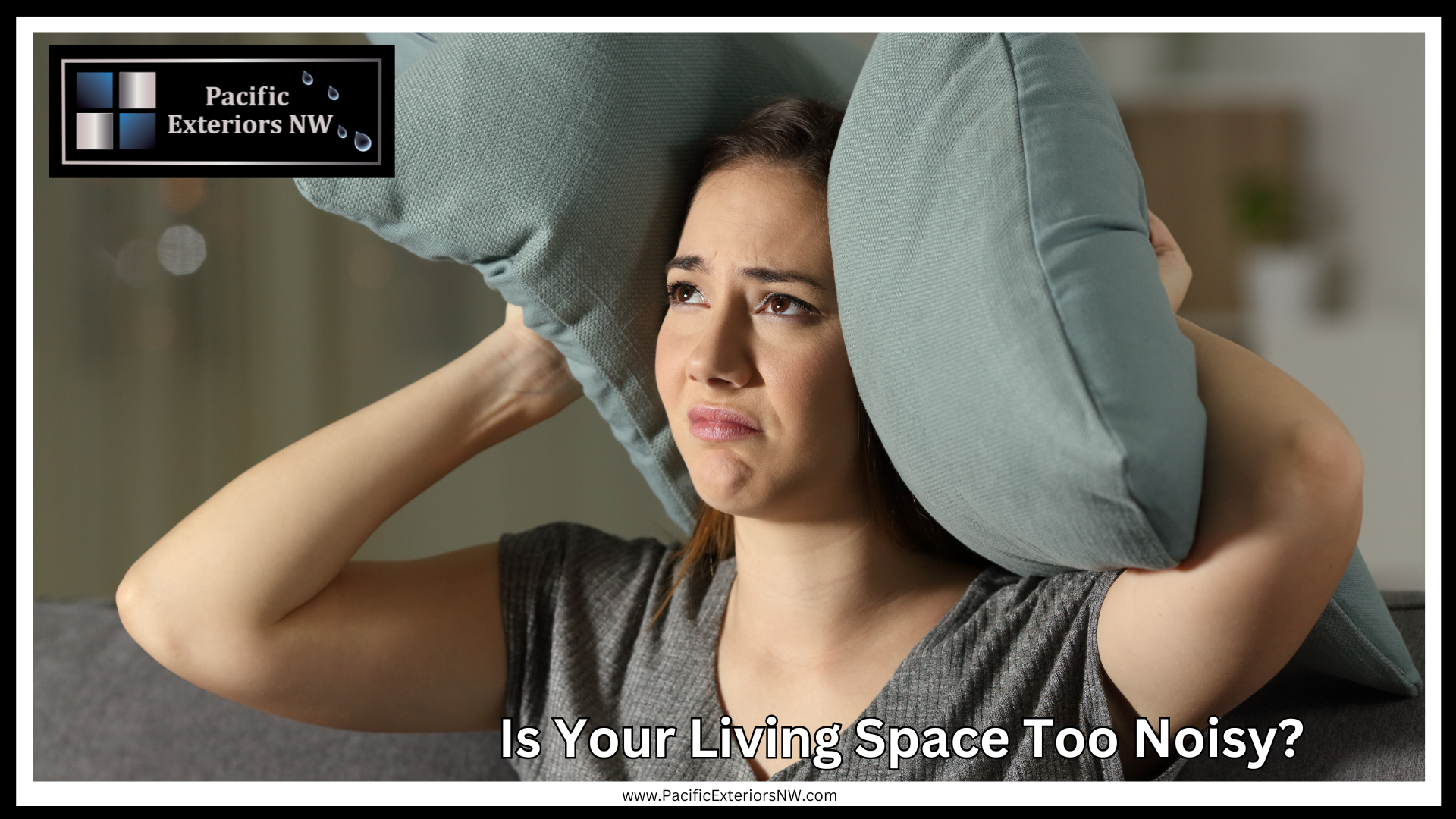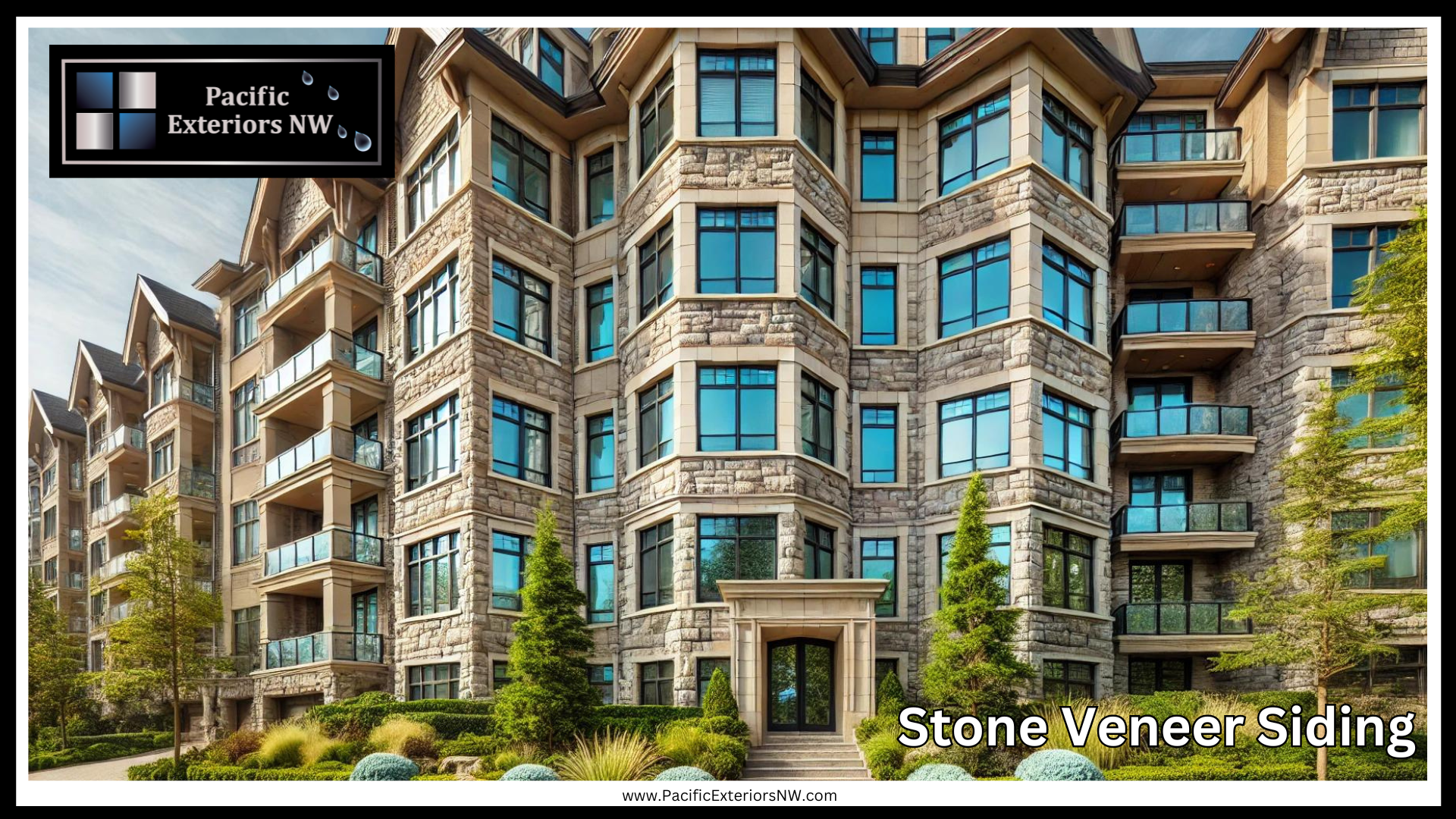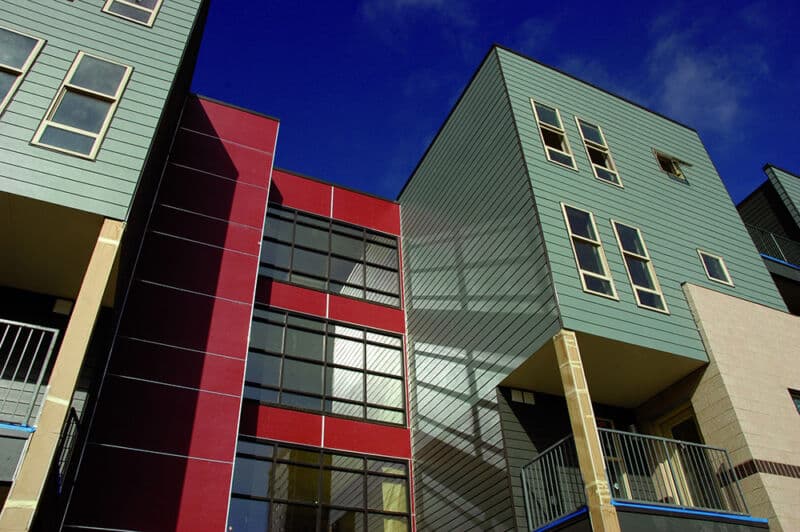
Most apartment and multifamily buildings have wood, vinyl, or aluminum siding.
While these materials are all different, they share one commonality:
They can all be susceptible to damage from the elements.
Whether rain and moisture in the Pacific Northwest or hot and dry conditions in other parts of the country, apartment siding problems can arise without warning and cause severe consequences for building owners and residents. The good news is that there are solutions to apartment siding problems.
By understanding the causes of damage and taking steps to prevent it, you can keep your property looking its best for years.
Table of Contents:
- Causes of Apartment Siding Problems
- Consequences of Apartment Siding Problems
- Solutions to Apartment Siding Problems
- How to Prevent Apartment Siding Problems in the Future
- FAQs about Apartment Siding Problems
Causes of Apartment Siding Problems
There are many different causes of Apartment or condo siding problems. Sometimes, they are due to poor installation or inferior materials.
It may also result from weather damage or normal wear and tear over time. Regardless of the cause, it’s essential to identify and fix any issues as soon as possible to avoid further damage.
One common cause of apartment siding problems is improper installation. If the siding is not installed correctly, it can lead to several issues, such as leaks, drafts, and even structural damage in severe cases.
Another problem that can arise from lousy installation is that gaps or cracks develop between pieces of siding, allowing moisture and pests into your apartment building, leading to further damage down the road.
Inferior materials are another frequent cause for concern regarding apartment siding problems.
Cheaper alternatives might save you money upfront, but they will likely need to be replaced much sooner than higher-quality options, costing you more in the long run.
Additionally, these cheaper products are less durable and prone to developing severe defects, such as warping, rotting, and cracking.
Lastly, extreme weather conditions can also wreak havoc on poorly maintained or low-quality sidings, causing them to break down prematurely.
It’s essential to take extra care and watch out for potential storm damages so they can be repaired quickly before they become more prominent and costly.
Consequences of Apartment Siding Problems
Water Damage:
One of the most common consequences of apartment siding problems is water damage. This can occur if your siding is not properly sealed or has cracks or holes. Water can seep into these areas and cause severe damage to your walls, floors, and ceilings. In extreme cases, it can even lead to mold growth.
Increased Energy Bills:
Another consequence of having faulty siding on your apartment complex is increased energy bills. This happens because damaged or poorly insulated siding lets heat escape your building. As a result, you’ll have to spend more money each month to keep your apartment building at a comfortable temperature.
Health Hazards:
In some cases, apartment siding problems can pose health hazards for residents. For example, asbestos-containing materials may be used in older buildings’ sidings. If these materials are not properly sealed off, they could release harmful fibers into the air, which people could inhale.
Solutions to Apartment Siding Problems
As a landlord, apartment building owner, or multifamily housing owner, you know that the condition of your siding can significantly impact your property value.
If you’re facing apartment siding problems, finding a solution that will protect your investment and keep your tenants happy is essential.
There are a few different ways to approach repairing or replacing damaged siding:
1. Caulking and Sealant – For minor cracks and holes, filling in the gaps with caulking or sealant can be an effective way to prevent moisture from seeping through. This is usually a quick and easy fix that won’t require much time or money.
2. Replacing Sections of Siding – If the damage is more extensive, you may need to replace one or more sections of siding (or even re-side the entire building). This option will be more expensive than caulking sealing but will provide long-term protection against weather damage.
3. Full-Siding Replacement – It’s essential to consult with a professional contractor, like Pacific Exteriors NW, before undertaking this type of project; they’ll be able to help you choose the best materials and ensure that everything is installed correctly according to manufacturer warranties.
Replacing all the siding also helps maintain curb appeal, which could otherwise drop due to the tattered outward appearance of older buildings.
How to Prevent Apartment Siding Problems in the Future
As a landlord or apartment building owner, it’s essential to be proactive about preventing siding problems. By doing regular maintenance and using high-quality materials, you can avoid many common issues.
Here are some tips on how to keep your apartment siding in top condition:
1. Inspect the siding regularly for any damage or wear and tear. If you notice any problem areas, repair them immediately before they worsen.
2. Use high-quality materials that are designed to last long-term.
This may cost more upfront but will save you money in the long run by avoiding frequent repairs or replacements.
- Ensure the area around the building is well-drained to prevent water from seeping in and damaging the siding.
- Regularly clean the siding with a soft brush or hose attachment.
- Repair any cracks promptly as soon as they appear.
- Repaint chipped paint immediately
- Caulk all gaps and joints every few years.
These preventive measures will help ensure that your apartment complex always looks its best – and avoids costly repairs down the road!
FAQs about Apartment Siding Problems
What is a common problem with vinyl siding?
One of the most common problems with vinyl siding is that it can warp or become distorted over time due to exposure to heat or cold. This can cause gaps and spaces to open up between pieces of siding, which then allows moisture and pests into the home.
Another problem is that lower-quality vinyl may fade color after extended sun exposure.
How do you know when the siding needs replacing?
There are several ways to tell if the siding failing. One way is to look for cracks, holes, or other damage.
Another way is to check the color of the siding. If it has faded significantly, that may be a sign that it needs to be replaced.
Finally, you can also listen for creaking or popping sounds from the siding; this usually indicates that it has become warped and no longer fits snugly against the house.
What causes the siding to come off?
There are a few reasons why siding might detach from an apartment or multifamily building. One reason is that the original installation needed to have been done correctly.
If the nails or other fasteners are not put in correctly, they may eventually work their way loose and cause the siding to fall off. Another possibility is that the building has settled over time, causing gaps between pieces of siding.
This can happen even if the original installation was done correctly, as buildings’ settling is often beyond any control of those doing the construction.
Finally, high winds can also cause damage to siding and lead to it becoming detached from a building’s exterior walls.




